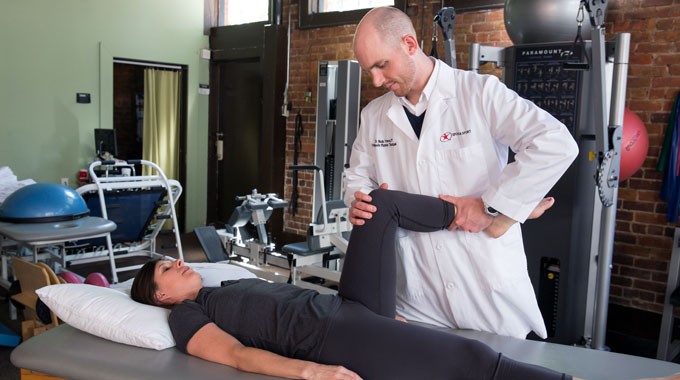Weight Matters When it Comes to Knee Pain
There is a parallel rise in knee pain, knee replacements and obesity currently in America. According to the Center for Disease Control and Prevention, and National Center for Health Statistics, 19.5% of American adults report chronic knee pain (IOM),and more than one-third of U.S. adults have been found to be over weight (JAMA).With the knee being the largest joint in the human body, and having the capability of bearing up to 4 times your body weight, it is no wonder that the majority of Americans have knee problems.
The complex structure of the knee joint is made up of bones, ligaments and cartilage, with the addition of muscles and tendons to help the knee joint move. The knee is known as a hinge joint, which is capable of bending and straightening, like a door hinge. In addition to those movements, the knee has a limited degree of rotation and sliding.
The simple act of walking can create a force of 3-6 times your body weight. This force increases with weight; which in turn increases the stress on the joint, and knee pain. It also accelerates the breakdown of cartilage causing arthritis (NCBI, Lancet). Obesity is the number one preventable risk factor for osteoarthritis of the knee. According to the Johns Hopkins Arthritis Center “being only 10 pounds overweight increases the force on the knee by 30-60 pounds with each step.”
Knee pain in over weight patients typically presents itself with the inability to climb stairs, bend down, or walk without pain. This presents a challenging situation due to the increased weight on the joint, the fear of movement, and the patients deconditioned state. Apart from surgery, the only remedy is to get moving despite the pain. Your skilled physical therapist will be able to motivate you to get active enough to lose weight and decrease your knee pain by guiding you through a safe individualized exercise program.
Come see us at Spine & Sport for a comprehensive evaluation that will lead to a custom plan of care for you.






